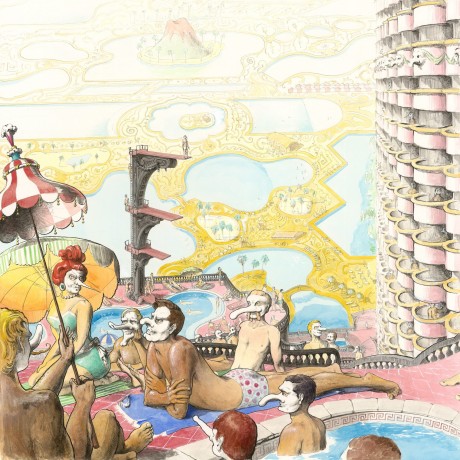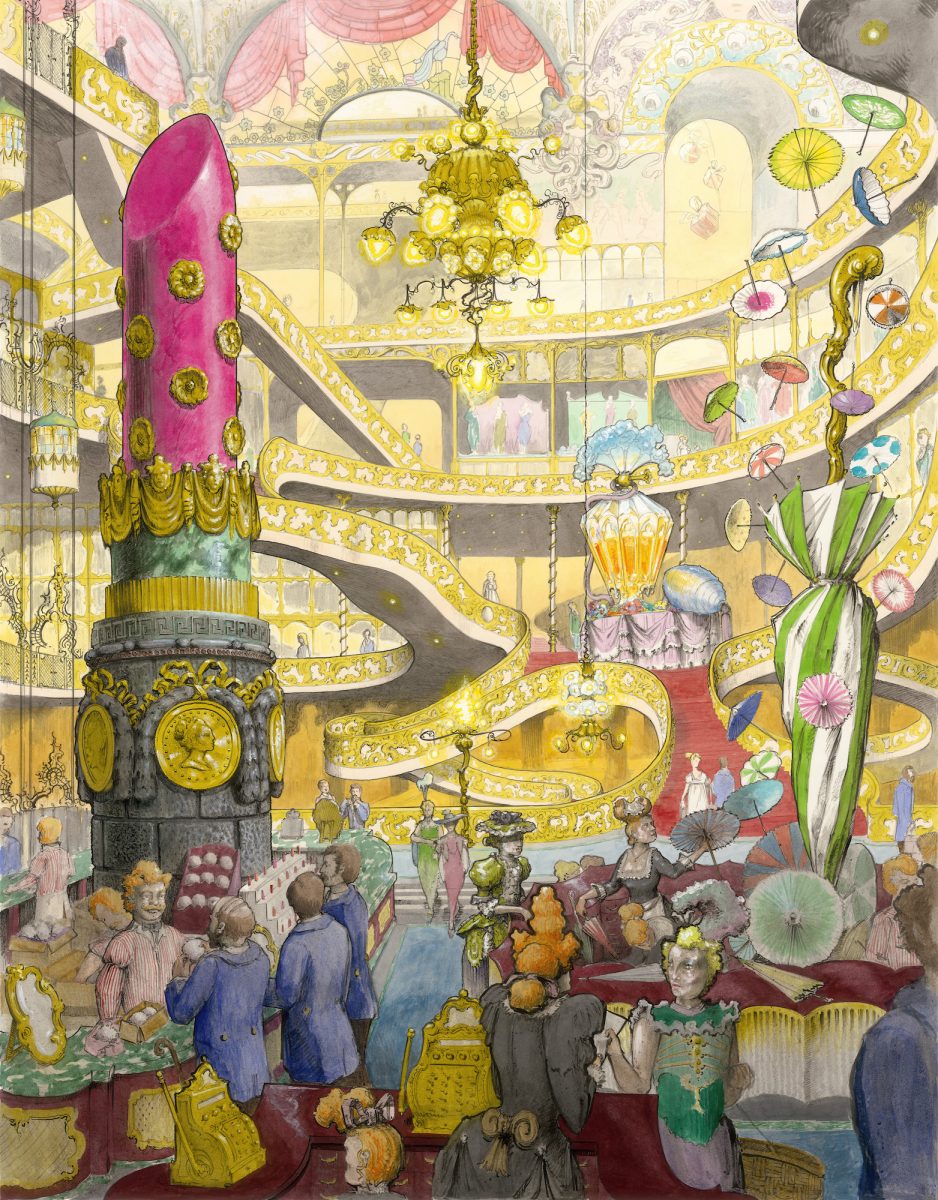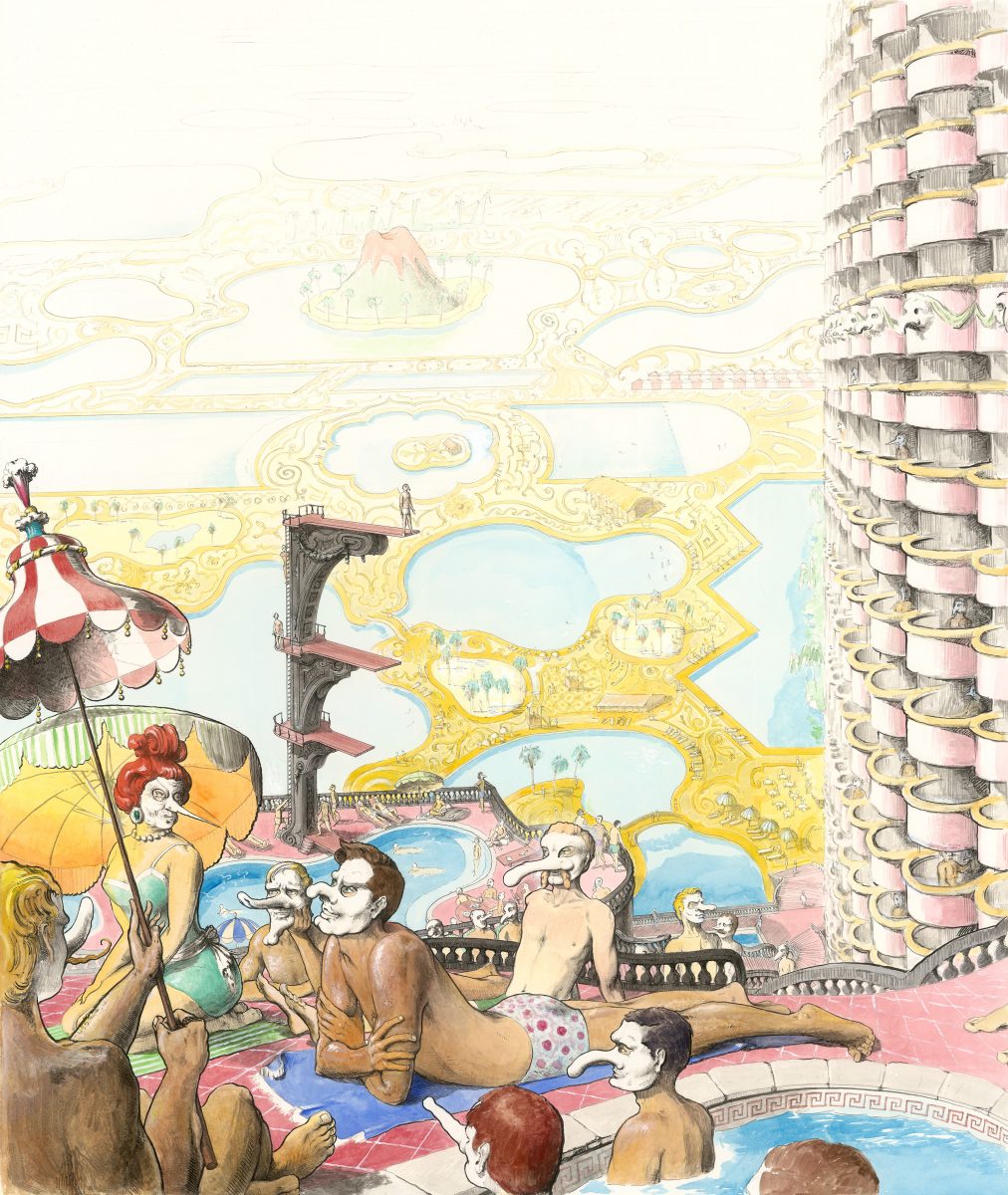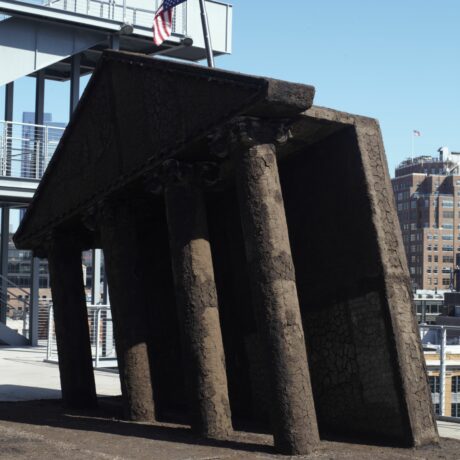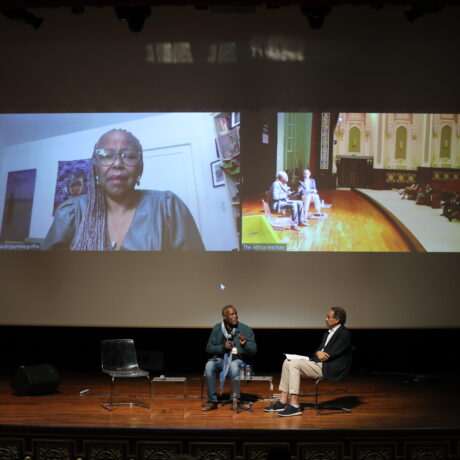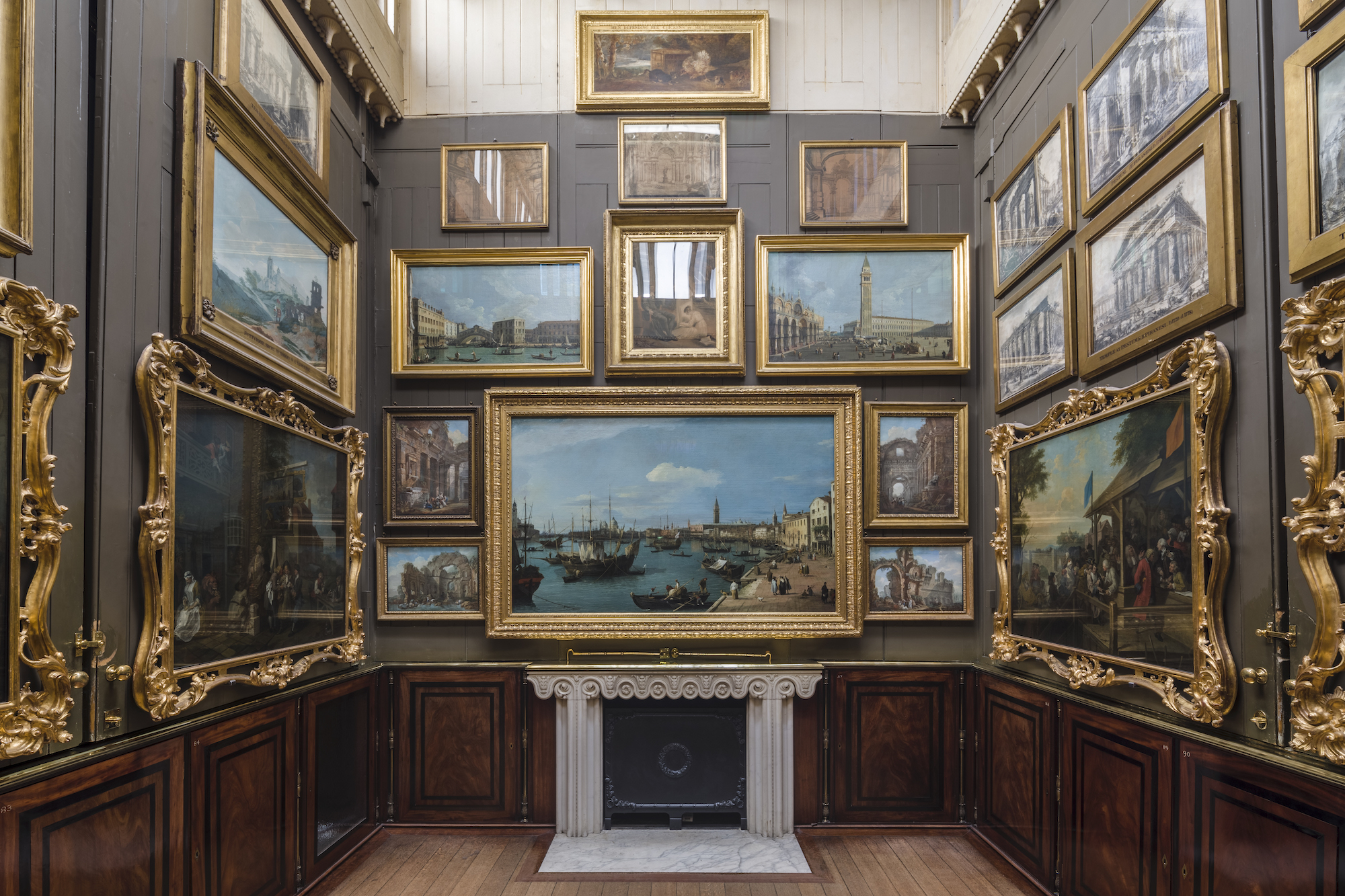
Under the Influence invites artists to discuss a work that has had a profound impact on their practice. In this edition, Pablo Bronstein, who works at the intersection of architecture, film and performance, reflects on the lasting influence of Sir John Soane’s masterful moving Picture Room.
I am completely obsessed with the Picture Room at Sir John Soane’s Museum, specifically the weird folding panels that the paintings hang on. It’s quite transgressive, particularly as the works are worth millions of pounds [including pieces by Hogarth, Canaletto and Piranesi]. I just love the irreverence of it, I mean, why not hang a 10-million-pound painting on a bit of wood?
It’s very cool to watch the space change in front of your eyes. It is a cabinet of curiosities, which unfolds into a narrative as you travel through these sets of images, the antithesis of the white cube. It is incredible that such a simple device can change the space in such a marked way, to create a sense of theatre. That has been a really important lesson for me. Even though the paintings are supposedly the most important aspect, they become props within the drama of the space and the architecture, which is what I spend most of my practice looking at.
Suddenly losing sight of a work of art makes it all the more precious. When it is moved to the side, that is when it becomes the most appealing. There is a tease happening. The room reveals enough but takes away something away from you as well. That participatory element has directly influenced my work, particularly as the panels are moved by human hands.
“Even though the paintings are supposedly the most important aspect, they become props within the drama of the space and the architecture”
The room cuts to the core of sophisticated Georgian architecture, where it often functions as cleverly designed furniture. Using custom-made elements or the odd cheap trick to say, double your hanging space, is really something we have lost the knack of. Wouldn’t it be amazing if Tate did something like that? If, instead of having a Lichtenstein hanging there all day long, at 3pm every day it gave way to a Warhol?
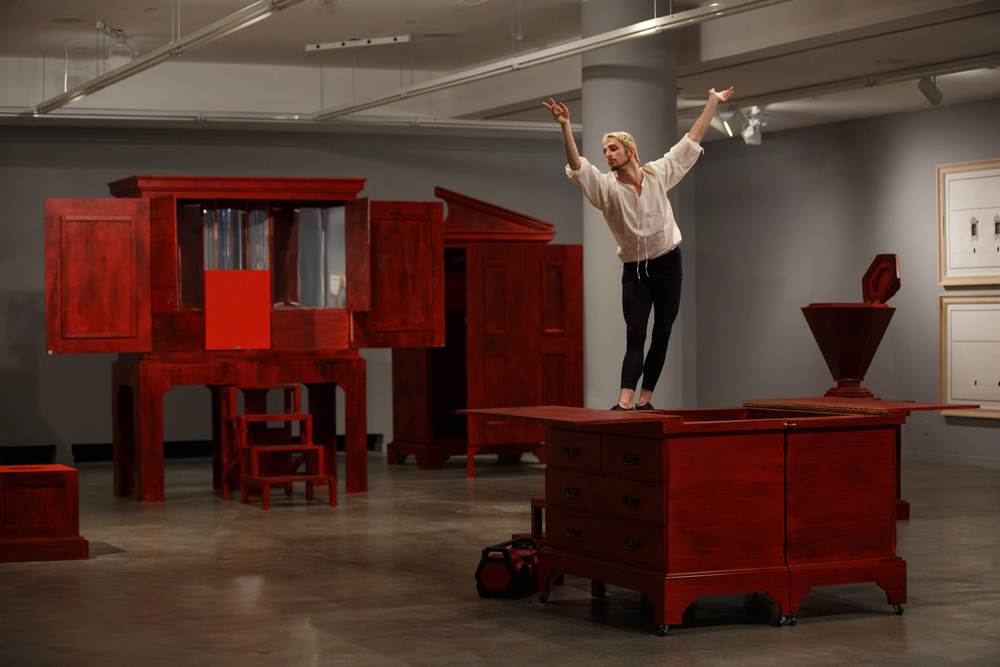
The first large show I had in London was at the ICA, and one of the rooms had a giant oversized cabinet that kept on being folded and folded repeatedly. In another, two console tables formed and became a bed, which then folded back in and out. These bits of furniture were being constantly activated. I did something similar at CalArts REDCAT in Los Angeles, where performers interacted with these massive lumps of furniture.
Soane’s participatory use of space when it comes to interiors and sculpture is what really resonates with me. This idea of moving parts; the drama of it all. Realistically, no museum could ever afford to create something like the Picture Room today, because everything is custom-made and highly finished. It’s radical, and it’s fucking outrageous.
As told to Holly Black, Elephant’s managing editor
Pablo Bronstein: Hell In Its Heyday
Sir John Soane Museum, London, until 2 January 2022
VISIT WEBSITE